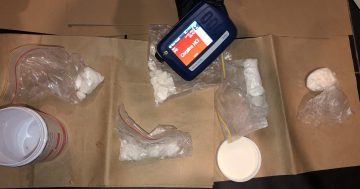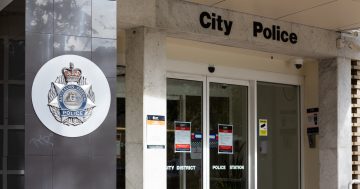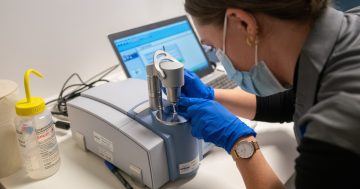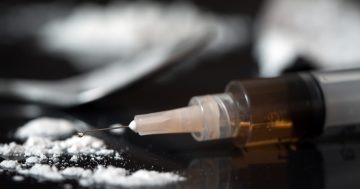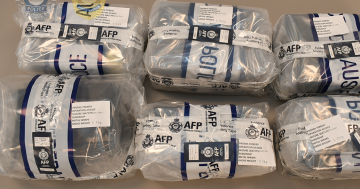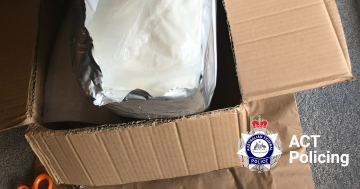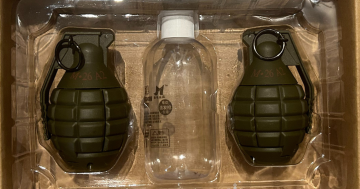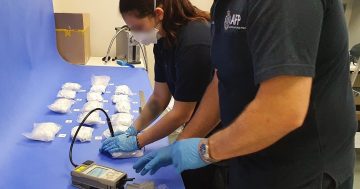
Illicit drug users in the Australian Capital Territory (ACT) and Northern Territory are paying more for cocaine than the rest of the country, the Australian Crime Commission’s (ACC) Illicit Drug Data Report 2011–12 has revealed.
In 2011–12 the territories recorded the highest street price for cocaine, with users willing to pay up to $500 for one gram.
Additionally, the price for one kilogram of cocaine in the ACT was $300,000—at least $50,000 more than in New South Wales, Victoria, Queensland and South Australia.
“Australia has a relatively robust economy, its people have a relatively high standard of living and therefore relatively high disposable incomes,” ACC Chief Executive Officer John Lawler said.
“The attraction of Australia as an illicit drug market comes from the fact that Australian users have traditionally paid premium prices in world terms for illicit drugs, making importation highly profitable.”
The ACC’s Illicit Drug Data Report 2011–12 was launched today by the Minister for Home Affairs and Justice, Jason Clare to highlight the diversity of the illicit drug market in Australia.
Mr Lawler said that the illicit drug market in Australia has evolved significantly over the past decade into a very diverse marketplace, enabled in part by the cyber environment.
“Now in its tenth edition, the Illicit Drug Data Report 2011–12 highlights the continued vigilance and success of law enforcement combating the illicit drug trade with over 76,000 seizures and more than 93,000 illicit drug related arrests—both the highest in the last decade,” he said.
ACT statistics are drawn from data provided by ACT Policing.
Deputy Chief Police Officer (Crime) of ACT Policing David Pryce, welcomed the report as an informative tool in combating the illicit drug market.
“The report provides law enforcement agencies and interested stakeholders with a holistic perspective of the illicit drug market in Australia. This type of information is important to us, as we often see trends from New South Wales flowing through into the ACT,” Commander Pryce said.
“As an intelligence-led agency, ACT Policing will use the report to target and disrupt the manufacturing and distribution of illicit substances in our community.”
Ten years on, the ACC’s Illicit Drug Data Report continues to inform and provide government, law enforcement and other stakeholders with a national and jurisdictional picture of the illicit drug market. This enables police to better understand the drug and crime environment, assists with effective use of resources, and provides for practical solutions and informed decisions in preventing illicit drug use and drug related crime.
A copy of the report is available at www.crimecommission.gov.au.
Key findings from Illicit Drug Data Report 2011–12:
• The number and weight of amphetamine-type stimulants (ATS), excluding MDMA, border detections increased and are the highest reported in the last decade.
• The number and weight of national ATS, cannabis, heroin, and cocaine seizures increased.
• Detections of performance and image enhancing drugs at the border increased and are the highest reported in the past decade.
• A record 809 clandestine laboratories were detected, the majority of which were producing ATS (excluding MDMA).
• In terms of size and production capacity, the majority of clandestine laboratories detected were small addict-based laboratories.
[Photo by acidpix (CC BY 2.0)]
